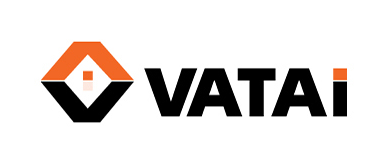- Direct tax is paid directly by the taxpayer to the government and cannot be shifted, while indirect tax can be passed on to others.
- Direct taxes are levied on people and entities and are proportionate to the taxpayer’s income or assets.
- Examples of direct taxes include income tax, corporate tax, and property tax.
- Indirect taxes are levied on goods and services and are based on the value of the good or service.
- Examples of indirect taxes include VAT, GST, customs duties, and tariffs.
- Direct tax is progressive in nature, meaning the tax burden increases with income.
- Direct tax can be complex, so using direct tax software can be beneficial.
- Direct tax can be broken down into five different categories: individual income tax, corporate income tax, capital gains tax, estate tax, and property tax.
Source: tax.thomsonreuters.com
Note that this post was (partially) written with the help of AI. It is always useful to review the original source material, and where needed to obtain (local) advice from a specialist.














